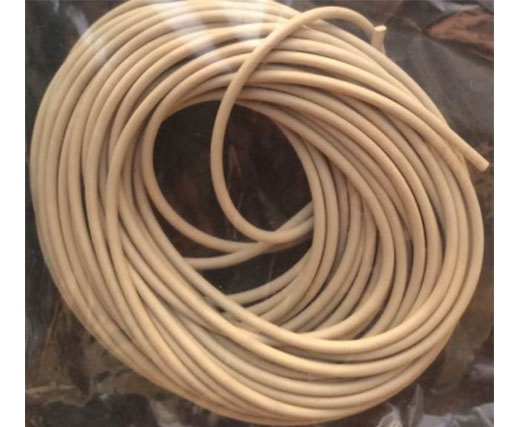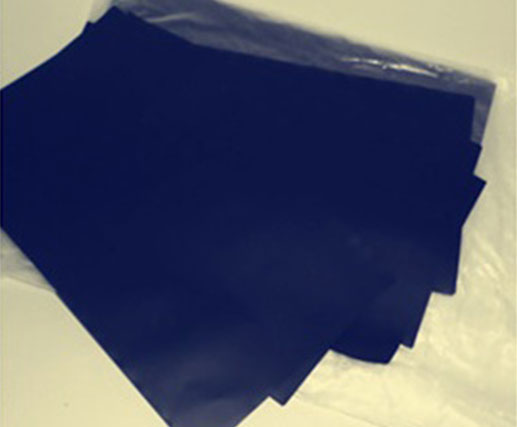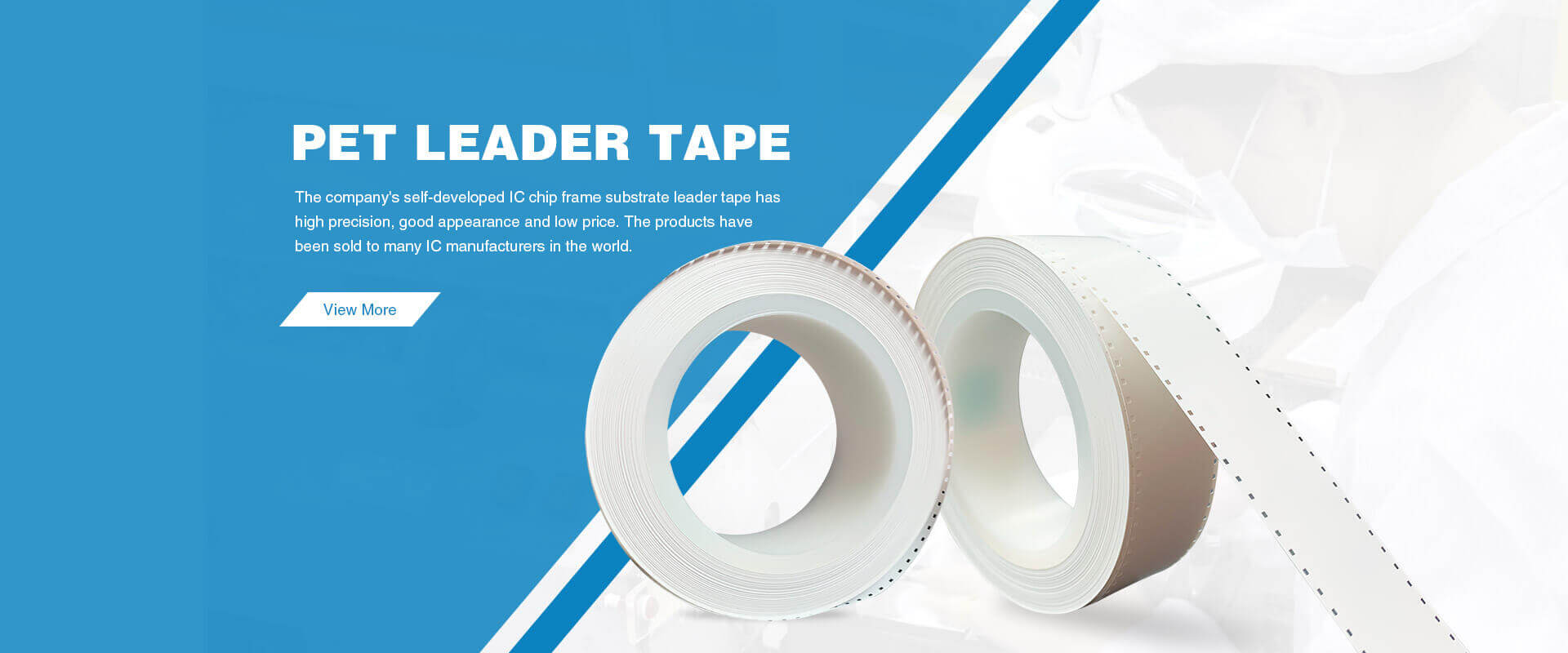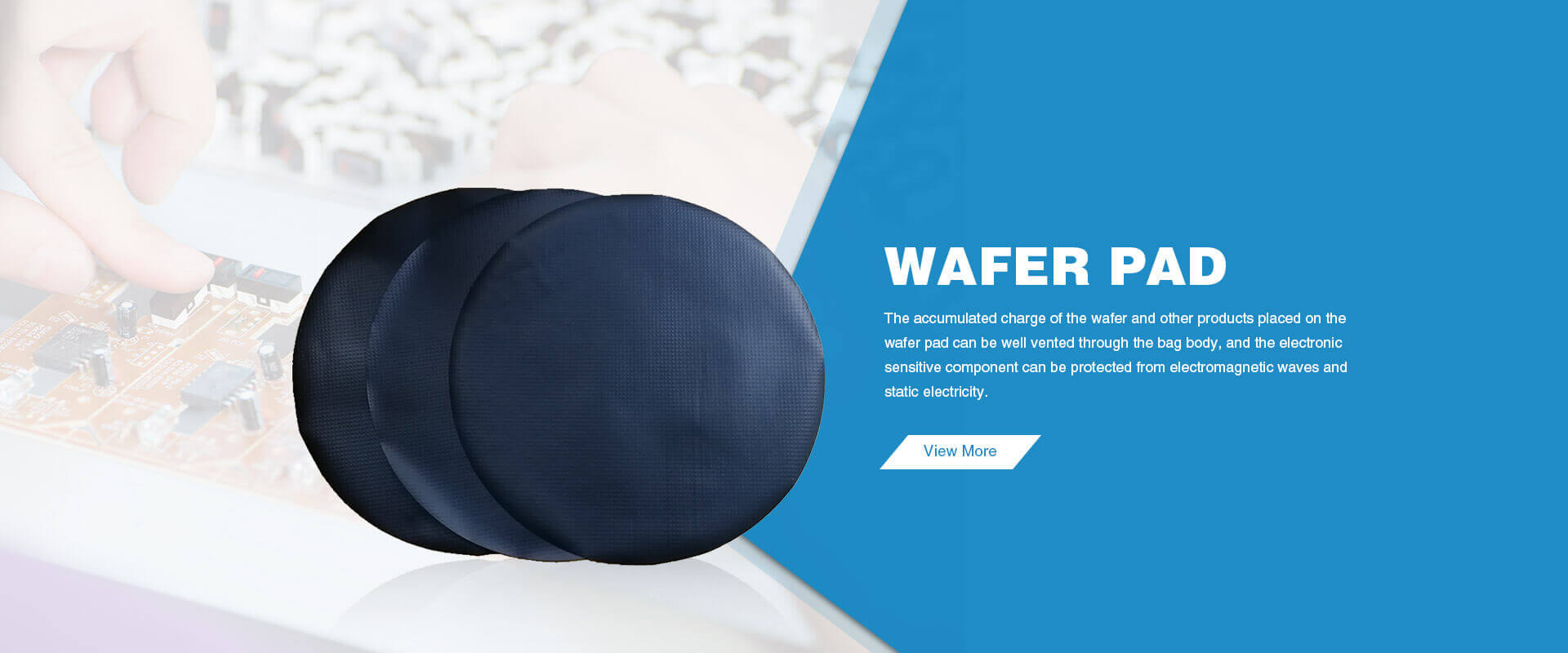Insights into Conductive Plastic Films and Their Use
Feb. 12, 2022
Most plastics are inherently electrically insulating materials; they do not conduct electricity. In some applications, imparting electrical conductivity adds significant value and utility. For example, making plastics conductive allows electrostatic spraying on automobile bumpers, reduces dust collection from household moldings, and facilitates the manufacture of certain types of plastic films; reduces "stretching" or static electricity generation and storage. Conductive plastic compounds are used as sheathing for high-power transmission cables; reducing induced currents in nearby cables. In addition, conductive plastics are used to shield sensitive electronic components.

There are three conductive regions in plastics; antistatic, electrostatic dissipative (ESD) and electromagnetic dissipative (EMI). ESD applications involve materials with a surface resistivity of 10^12 to 10^6 ohm-cm, ESD applications involve giving plastics sufficient electrical conductivity to reduce their surface resistivity to the 10^6 to 10^4 ohm-cm range. EMI ranges below 10^4 ohm-cm.
Stearate additives are often used to achieve antistatic performance levels. Carbon black and specialty additives are often used to achieve ESD performance. To achieve EMI performance, metal powders or wires are required to achieve this level of conductivity.

A variety of factors can affect the electrical conductivity of a plastic compound, including the inherent conductivity of the plastic, the degree of dispersion of the conductive additive, the inherent conductivity of the additive, and the applied electrical potential. In the case of antistatic compounds, the conductive mechanism is surface conductivity through bridging formed between water molecules absorbed into the polymer surface, which is achieved through the use of surfactants such as glycerol derivatives.
For ESD performance, carbon black is usually used as the active ingredient to achieve electrical conductivity by forming a conductive bridge through the "conductive region" of the overlapping electron structure, thereby enabling electron transfer. Therefore, in order to achieve conductivity using carbon black, sufficient carbon black needs to be present to form a conductive bridge of electrons.
Our low resistance PE conductive film is processed by blown film process, with perfect combination of superconducting carbon black and carrier, stable structure, uniform resistance value, smooth and flat surface, which has the unique advantages of easy material preparation, no powder loss, oxidation resistance and low cost compared with the printing and casting process in the market. Functional film series products are widely used in various fields such as toner cartridges, high-end copying equipment, precision instruments, electronic whiteboards, medical electrodes, beauty electrodes, electric heating, etc.
If you would like to learn more about conductive films, please feel free to contact us.









